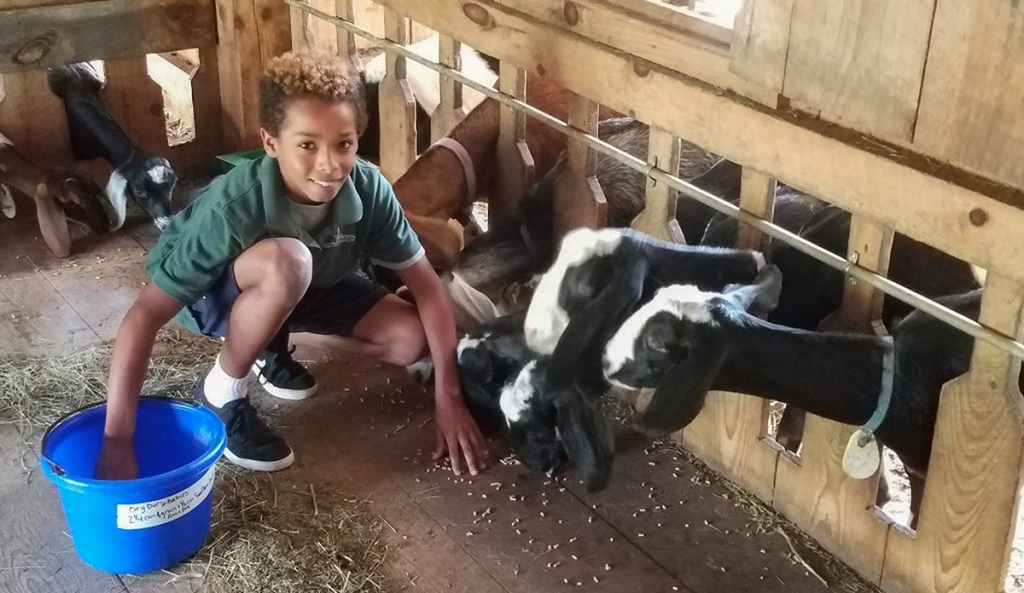Seasonal farm activities and chores:
When it comes to seasonal farm activities and chores, there is always something to be done on the homestead. From planting and harvesting crops to tending to livestock, these tasks keep farmers busy throughout the year. Here are some of the key activities and chores you can expect on a seasonal basis.
In spring, one of the main tasks is preparing the soil for planting. This involves tilling or turning over the soil in your raised beds, adding compost or fertilizer, and removing any weeds or debris. It’s also a good time to start sowing seeds indoors or directly in your raised beds for early season crops like lettuce, peas, and radishes.
As summer approaches, watering becomes crucial as plants require more moisture due to increased temperatures. Regular weeding is essential during this time as well to prevent competition for nutrients with unwanted plants. Additionally, if you have fruit trees or berry bushes on your property, summer is when you may need to prune them for better growth and productivity.
Fall brings harvest season with an abundance of fresh produce ready for picking. This includes vegetables like tomatoes, peppers, squash, pumpkins, and root crops such as carrots and potatoes. It’s important to gather your crops before frost sets in so they don’t spoil.
Winter tends to be a quieter period on the farm but still requires attention. You can use this time for maintenance work such as repairing fences or structures that were damaged during other seasons. It’s also a good opportunity to plan next year’s garden layout by researching new varieties of fruits and vegetables you’d like try growing.
Farming with children: educational activities and games
Farming with children provides an excellent opportunity not only for quality family time but also for teaching valuable life lessons about sustainability, food production, responsibility, and nature appreciation. Engaging kids in educational activities related to farming can foster their interest in gardening while nurturing skills such as problem-solving, patience, and teamwork. Here are some fun ideas for farming activities with children:
1. Planting seeds: Let your children select their favorite fruits or vegetables and involve them in the process of planting seeds in the raised beds. Teach them about germination, watering requirements, and proper care.
2. Pest control exploration: Take a walk around the garden with your kids to identify pests that may be damaging plants. Teach them natural pest control methods like companion planting or using beneficial insects.
3. Harvesting together: When it’s time to harvest crops, invite your children to help pick ripe vegetables and fruits from the raised beds. Encourage them to taste fresh produce right from the garden.
4. Composting lesson: Educate your kids about recycling kitchen scraps by involving them in composting activities. Show them how organic waste can turn into nutrient-rich soil for future plantings.
5. Nature journaling: Provide each child with a notebook where they can observe and record changes in plants over time – from seedling to harvest stage. Encourage drawing pictures or writing about their experiences.
Preserving food through canning
Canning is an excellent way to preserve excess produce from your raised beds for later consumption when fresh options are limited or unavailable during certain seasons. This ancient technique extends the shelf life of fruits, vegetables, jams, jellies, sauces, soups, and more while retaining essential nutrients and flavors.
To start canning at home:
1. Gather supplies: You’ll need mason jars (with lids), a water bath canner or pressure canner (depending on what you’re preserving), jar lifter tongs, funnel, ladle, clean towels or cloths for wiping jars’ rims.
2.Prepare ingredients: Wash fruits or vegetables thoroughly before removing any damaged parts or stems/leaves as needed; chop if necessary.
3.Follow recipes carefully: Use tested recipes developed specifically for canning to ensure food safety. These recipes will provide instructions for preparing the ingredients, filling jars, and processing them in a water bath or pressure canner.
4. Sterilize jars: Before filling with prepared food, sterilize mason jars by placing them in boiling water for 10 minutes or running them through a dishwasher cycle.
5.Fill and process: Fill hot, sterilized jars with prepared food using the funnel and ladle while leaving appropriate headspace as specified in the recipe. After securing lids tightly, process filled jars according to proper canning methods (water bath or pressure).
6.Store and enjoy: Once processed and cooled, store canned goods in a cool, dark place. Remember to label each jar with its contents and date of preservation.
Canning provides an opportunity not only to preserve your harvest but also to share homemade gifts with friends and family during special occasions. It’s an enjoyable way to connect with traditional methods of food storage while reducing waste and reliance on store-bought products.


Leave a comment